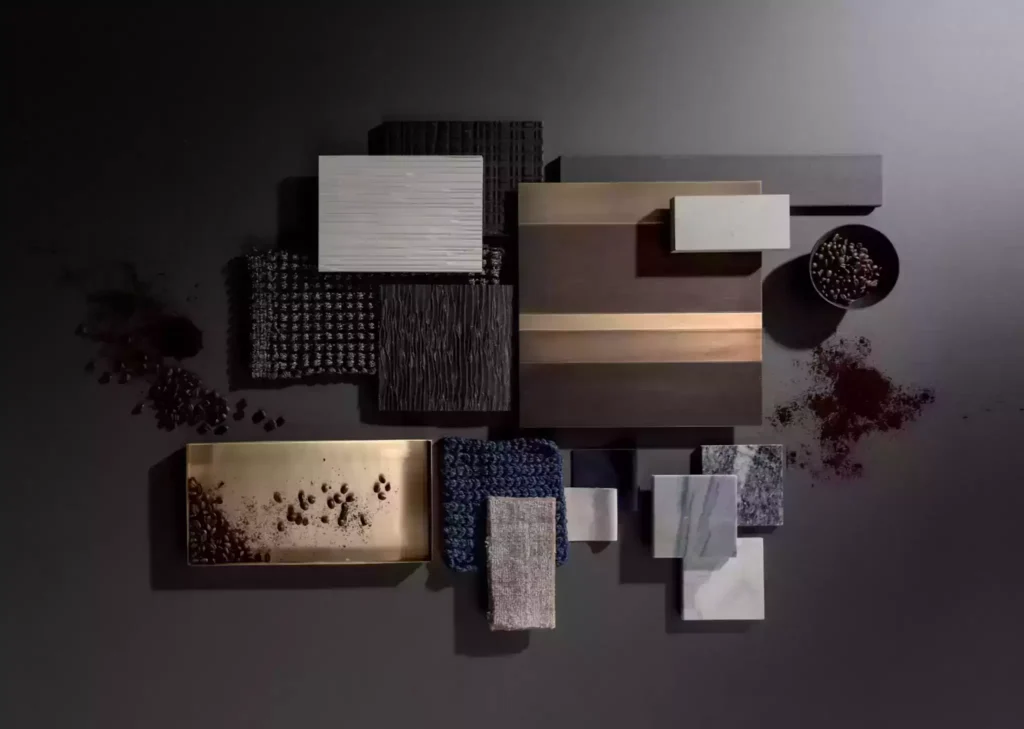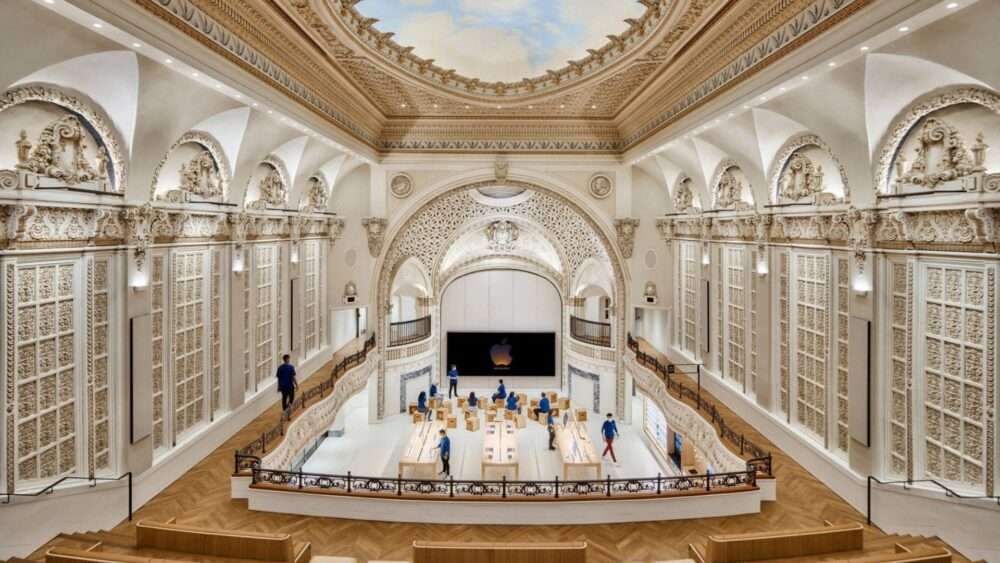In interior design, materials play a crucial role in shaping both the aesthetics and functionality of spaces. Whether you’re a beginner or an experienced designer looking to refresh your knowledge, understanding the types of materials and how to combine them effectively is essential. Good design starts with layout and visual flow, but it is completed through thoughtful material choices that reflect the client’s style and add a personal touch.
In this article, we will cover:
- The importance of material selection in interior design
- Commonly used materials in interiors
- How to coordinate materials for balance and harmony
- Eco-friendly material options
- Practical tips for smart material selection

The Importance of Material Selection in Interior Design
Choosing the right materials is more than just a visual decision — it’s a strategic move that affects every aspect of the design. Materials influence surface durability, contribute to daily functionality, and define the final character of the space. They also affect lighting, warmth, and even acoustic comfort within a room.
For example, wooden floors provide a warm and inviting feel, while ceramic tiles offer a cooler, clean appearance — making them ideal for kitchens and bathrooms.
Commonly Used Materials in Interior Design
Interior materials range from natural to synthetic, each with its own properties and applications. Here are some of the most commonly used:
| Material | Primary Use | Key Features |
|---|---|---|
| Granite | Kitchen countertops, vanity tops | Durable, scratch-resistant, natural look |
| Wood | Flooring, feature walls | Warm, versatile, cost-effective |
| Copper | Fixtures, hardware | Stylish, long-lasting, adds character |
| Fabrics | Upholstery, curtains | Comfortable, enhances coziness |
| Tile | Bathrooms, kitchens | Easy to clean, available in many styles |
| Synthetic (Vinyl, Laminate) | Flooring, wall coverings | Affordable, mimics natural materials |

ArchUp Insight:
Materials should not be viewed as isolated elements but as part of a cohesive design system. Many designers focus too much on appearance and overlook durability or long-term maintenance costs. Always consider the relationship between the material and the user, and how well it aligns with lifestyle needs.
How to Coordinate Materials Effectively
Harmony between materials is key to successful design. Here are some basic guidelines:
- Balance texture and smoothness : Combining two different textures, like natural wood and polished copper, can create an appealing contrast.
- Color coordination : Use a unified color palette when selecting multiple materials to avoid visual clutter.
- Continuity : Maintain one primary material or style throughout different rooms to enhance consistency.
- Highlight focal points : Use premium or unique materials in areas that demand attention, such as a feature wall or countertop.

Sustainable Materials in Interior Design
With rising environmental awareness, sustainable materials have become an important choice in interior design. Some popular eco-friendly options include:
- Hemp and bamboo : Fast-growing materials used in flooring and furniture.
- Reclaimed wood : Reduces consumption of new timber and offers a historical charm.
- Recycled concrete and insulation materials : Used in walls and ceilings to improve energy efficiency.
According to a report by the World Green Building Council, using sustainable materials improves not only the environmental performance of buildings but also the mental and physical health of occupants.
“Using natural and sustainable materials in interior design contributes to improved indoor air quality and reduced environmental impact.”
— World Green Building Council, 2023
Tips for Smart Material Selection
- Think about daily use : Will the surface be exposed to heat? Is it safe for children or pets?
- Compare options : Create a shortlist and compare cost, durability, and appearance.
- Don’t rule out synthetics : In some cases, they are the practical and budget-friendly option.
- Test samples in real conditions : Don’t rely solely on photos; place samples under actual lighting to see how they look in context.
Frequently Asked Questions (FAQ)
Q: What is the best flooring material for high-traffic homes?
A: Ceramic tile or laminate flooring are practical and easy-to-clean options.
Q: Can copper be used in modern designs, or is it limited to traditional styles?
A: Copper works well in modern and contemporary designs as decorative accents.
Q: How do I choose fabrics for sunny rooms?
A: Opt for UV-resistant fabrics like velvet or treated textiles to prevent fading.
Q: What is the difference between granite and marble in kitchens?
A: Granite is more stain and scratch-resistant, while marble has a luxurious look but requires more maintenance.
Q: Are eco-friendly materials always more expensive?
A: They may cost more upfront, but often offer lower maintenance costs over time.

Summary Table of Key Points
| Main Idea | Details |
|---|---|
| Importance of materials | Affects form, function, and comfort |
| Common materials | Granite, wood, copper, tile, fabric |
| Coordinating materials | Balance texture and color for visual harmony |
| Sustainable materials | Bamboo, hemp, reclaimed wood |
| Practical advice | Focus on usage, test samples, compare options |
ArchUp Opinion – Personal Analysis
While many designers focus on the aesthetic appeal of materials, there is a noticeable lack of technical understanding regarding their functional properties. It’s important for designers to have a solid grasp of material characteristics to avoid impractical choices that lead to future issues. We recommend including hands-on training on materials and local markets in academic design programs, so decisions are more informed and effective.






